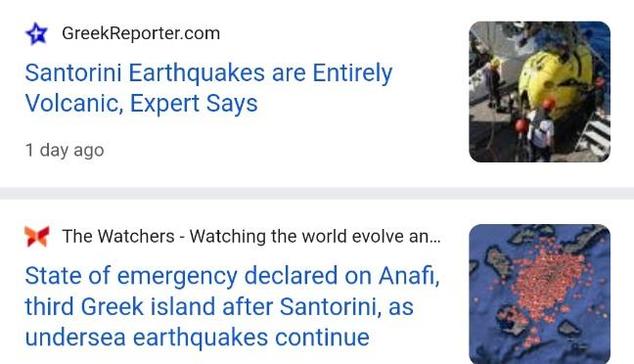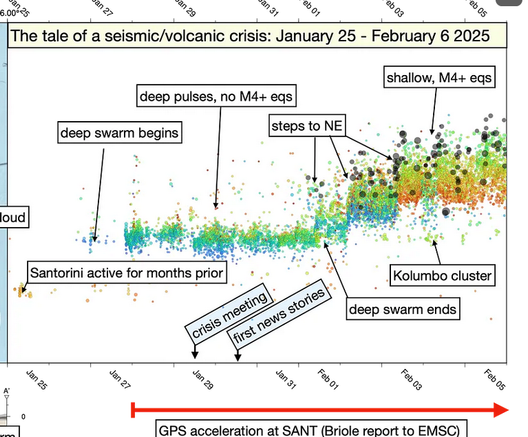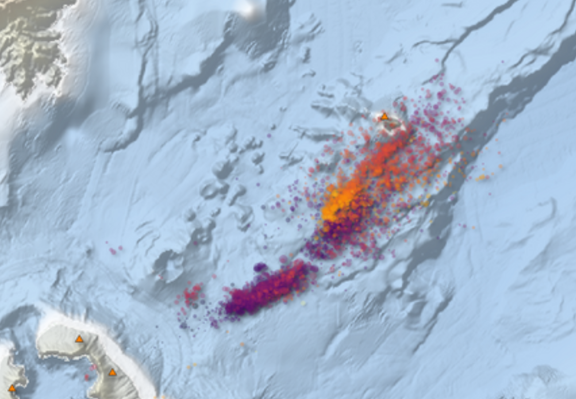🌋 AI and seafloor sensors reveal a massive magma surge near Santorini, triggering thousands of earthquakes and uncovering a hidden connection between Santorini and Kolumbo volcanoes. #Volcano #Earthquake #AI #Geology #Santorini #Kolumbo #Magma #SeismicActivity
https://kokcha.news/8832/?utm_source=mastodon&utm_medium=jetpack_social


